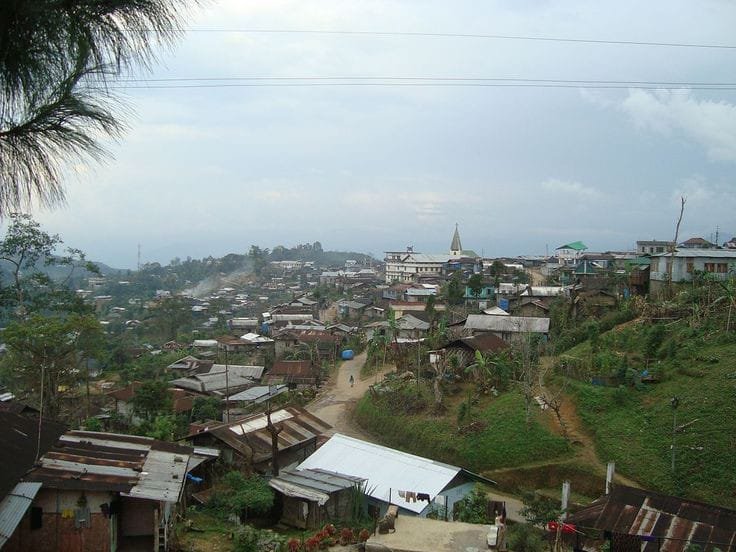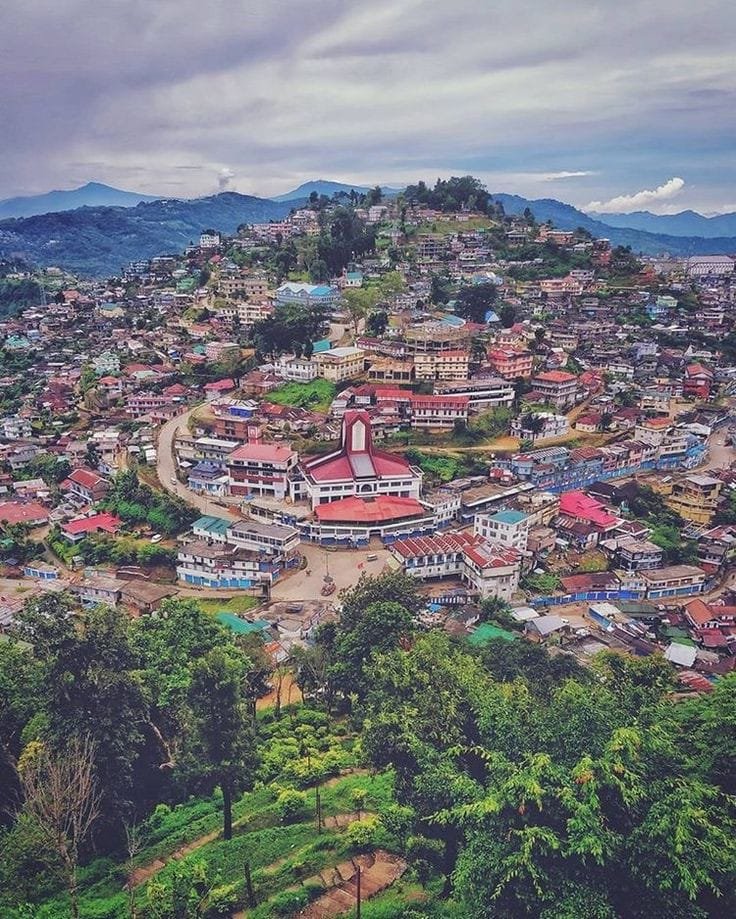In the rolling hills of Nagaland, Mokokchung is one of the most culturally vibrant and historically significant districts in the state. Revered as the intellectual and cultural capital of Nagaland, this district holds a special place in the heart of the Ao Naga tribe. With its scenic landscapes, rich traditions, and rapid progress in development, Mokokchung is a shining example of a region balancing heritage and progress.
Origin and History
Mokokchung’s history is deeply rooted in the traditions of the Ao Nagas, one of the major Naga tribes. The word “Mokokchung” means “a group of people who left the place” in the Ao language, referencing the historical migration of people within the tribe. Traditionally governed by customary laws and village councils, the region was relatively isolated until the advent of British colonial influence in the 19th century. The introduction of Christianity by American missionaries in the late 1800s brought profound cultural changes, including literacy and a shift in social norms.

Mokokchung 2024-2025 population
The majority population of Mokokchung district comprises the Ao Naga tribe. Current estimated population of Mokokchung Municipal Committee in 2025 is approximately 50,000. The scheduled census of 2021 for Mokokchung city is postponed due to covid. We believe a new population census for Mokokchung city will be conducted in 2025 and the same will be updated once its done. The current data for Mokokchung town are estimated only but the 2011 census recorded a population of 193,272. figures are also accurate.
The Aos are known for their strong community bonds, rich folklore, and advanced societal organization. Each Ao village is an autonomous unit with its own governance system, yet they share a collective identity that binds them through language, customs, and shared festivals.
Development and Infrastructure
Over the decades, Mokokchung has witnessed considerable development in infrastructure, governance, and public services. The district headquarters, also named Mokokchung, has evolved into a bustling town with modern facilities, government offices, and commercial establishments. The construction of better roads and connectivity has improved access to remote villages, facilitating trade, healthcare, and education. Urban planning initiatives and sanitation drives have earned Mokokchung recognition as one of the cleanest towns in the Northeast.
Cultural Heritage and Festivals
Mokokchung is a warehouse of Ao Naga culture and heritage. The Moatsü festival, celebrated in May, is one of the most significant traditional festivals in the district. It is marked by traditional dances, folk songs, games, and feasts. Another key festival is Tsüngremong, celebrated after the harvest season. These events not only preserve the age-old customs but also draw tourists and cultural enthusiasts from across the region. The district is also known for its handloom and handicrafts, with artisans preserving techniques passed down through generations.
Scenic Viewpoints and Tourism
Mokokchung’s natural beauty is a major attraction for tourists. Longkhum village, perched on a hilltop, offers panoramic views of the surrounding valleys and is steeped in legend and folklore. Mopungchuket village is another notable destination, often cited as one of the cleanest villages in Nagaland. Its serene setting, cultural museum, and historical significance make it a must-visit. Ungma, believed to be one of the oldest Ao villages, serves as a living museum of Ao Naga history.
Transforming Growth and Current Facts
In recent years, Mokokchung has been at the forefront of developmental transformation in Nagaland. The district has made strides in digital connectivity, rural electrification, and urban cleanliness. It has been acknowledged for its efforts in sanitation and was previously recognized as the cleanest town in Northeast India in the 25,000–50,000 population category during the Swachh Bharat Abhiyan. Small-scale industries and agricultural initiatives have also been promoted to encourage self-sustenance among the local population.

Education and Technology
Mokokchung has earned a reputation as an educational hub in Nagaland. With institutions like Fazl Ali College, established in 1959, it has produced many of the state’s prominent leaders, scholars, and professionals. The district has a high literacy rate of 91.62% and places a strong emphasis on education at all levels. The integration of technology in education, including smart classrooms and internet access, has been gaining momentum. Local initiatives are also encouraging youth to embrace digital skills and entrepreneurship.
Looking Ahead: Vision for the Future
As Mokokchung continues to evolve, the focus remains on sustainable development while preserving its cultural identity. The district has the potential to become a model for balanced growth in the Northeast. Investments in tourism, digital infrastructure, and skill development will be key drivers. Efforts are being made to harness the talents of the youth, promote eco-tourism, and support startups in agriculture and crafts. With strong community participation and visionary leadership, Mokokchung is poised for a bright and progressive future.
Mokokchung is not just a district; it is the cultural soul of the Ao Nagas and a beacon of progress in Nagaland. From its rich heritage and scenic beauty to its educational achievements and modern aspirations, Mokokchung exemplifies the spirit of a community that honors its roots while embracing the future. As it continues to grow and transform, Mokokchung stands as a testament to the resilience and vibrancy of Nagaland’s people.
